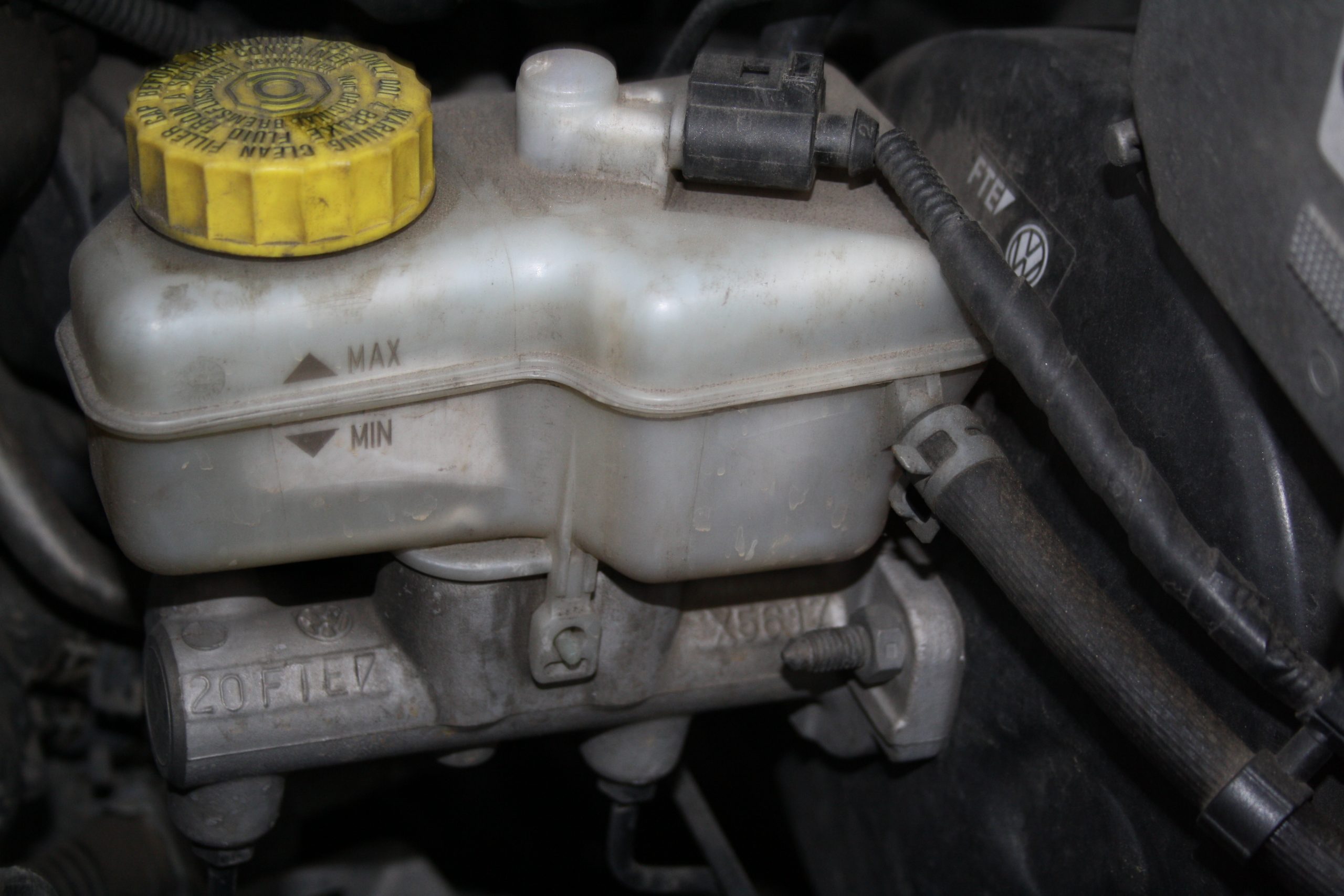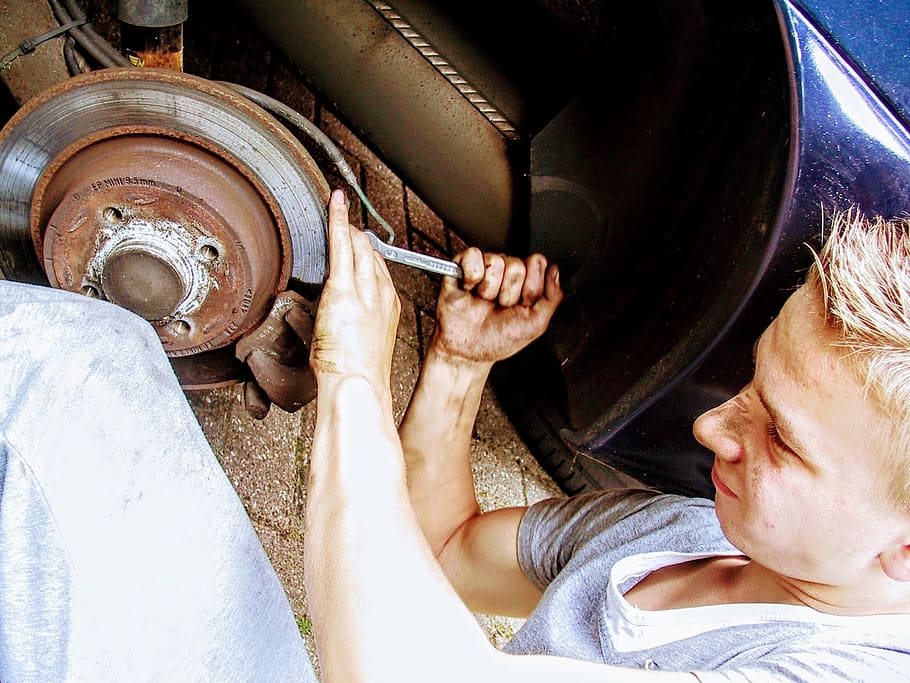You have just got your driving license, and you just bought your first car. It is a moment to rejoice! To keep your joy everlasting, you need to be familiar with a few technical terms to maintain your vehicle, as these will save you from breakdowns and unplanned expenses!
Here are the six crucial terms you need to know before you start!
1. Brake fluid
This incompressible fluid transmits brake pedal movement to the calipers and shoes. The fluid level must always be close to the “max” mark.
Good to know: a brake pedal that has become soft should prompt you to check the Lockheed level. The jar’s location is easy and often indicated with a cap, as illustrated below.

2. Spark plugs
The condition of the spark plugs in a gasoline engine is critical and influences fuel consumption and the engine’s smooth running. They should be changed every 30,000 kilometers.
3. Brake pads
Brake pads are pieces of rigid metal coated with carbon. There are two of them per wheel; they ensure the pinching of another piece of metal linked to the wheel, called a disc, and thus the slowing down of the wheel rotation.
Note: some vehicles have a brake pad wear indicator on the dashboard. During braking, this indicator should come on if the pads are at the end of their life. However, it is not uncommon for this indicator wire, located behind the wheel, to cut, thus preventing the indicator from lighting up. It is recommended to regularly visually check the brake pads’ condition, especially if the vehicle is used in the city.
4. Oil viscosity
Your engine needs oil to run: 10W 40, 15W 40, 5W 30, etc… It is still necessary to understand what is behind these figures.
To define an oil’s qualities, we talk about its viscosity, i.e., its thickness, at both cold and hot temperatures.
– The first number defines the cold viscosity. The lower it is, the more fluid the oil will be when cold, making it easier to start in the morning. An oil with low cold viscosity is preferable in winter, especially in cold regions.
– The second number indicates the viscosity when hot. The smaller it is, the more fluid the oil will be when the engine is running hot. To reduce consumption, mainly if the vehicle is driven over long distances, an oil with desirable fluidity, such as 5 W 30, should be chosen.
Note: Oils that are more fluid in cold and hot weather are generally more expensive, and their use is not justified if the vehicle is ancient or has high mileage.
5. The Radiator
The radiator is found at the front of the vehicle; it provides cooling for the car. A liquid called coolant flows from the radiator to the engine to cool the engine. It then returns to the radiator to be cooled by outside air.
Unfortunately, the radiator can sometimes leak. It also needs to be cleaned regularly to remove deposits that eventually clog it.
6. Bearings

Housed behind the wheel axle (the hub), the bearings ensure the wheel’s free rotation.
It is one of the most common wearing parts that need to be changed. If the car emits a localized growl at the wheel, have the bearing checked immediately.
Good to know: Bearings in acceptable condition limit fuel consumption. However, repeated shocks (speed bumps or sidewalks approached too quickly) can lead to premature wear.
carsandmotorsonline.com
Don’t neglect your vehicle! A well-maintained car will last longer and be more reliable.
You can read more:


1 comment
[…] 6 Technical Terms All New Drivers Should Know […]